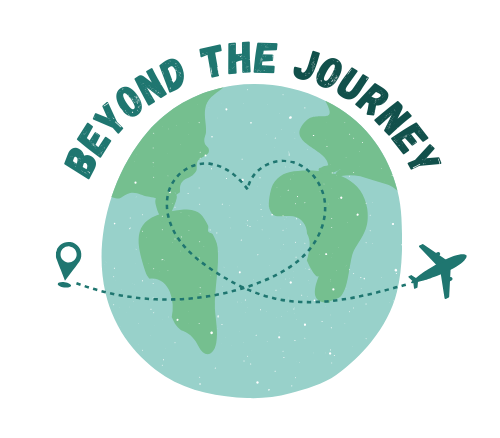9 Things You Need To Know If You’re Going To Croatia
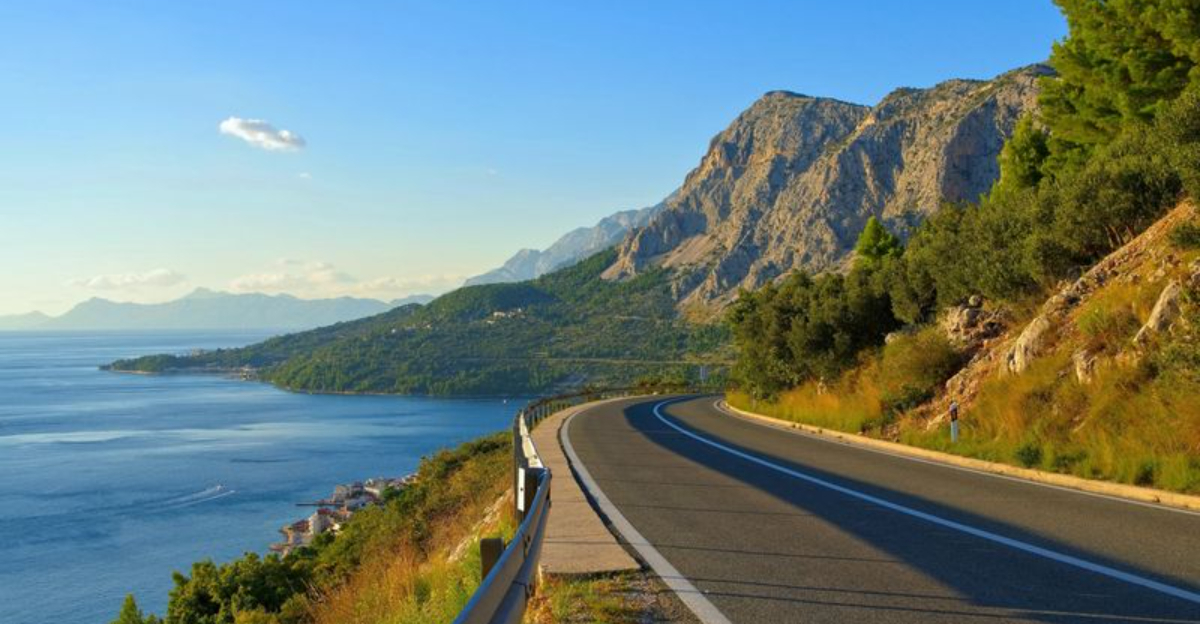
Planning a trip to Croatia? Well, let me tell you, you’re about to visit one of the most beautiful countries in the world!
With its stunning coastline, medieval towns that look straight out of a fairytale, and some of the best food you’ve probably never heard of, this country is a dream.
But before you start picturing yourself sailing the Adriatic or wandering through Game of Thrones-worthy old towns, there are a few things you should know to make your trip even better.
1. The Bura Wind Can Change Everything
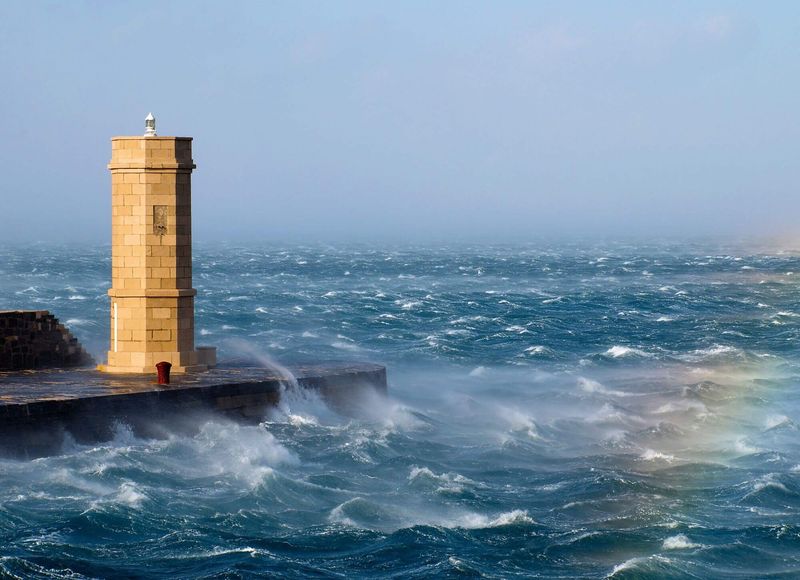
Croatia’s coastline might look like a Mediterranean dream, but the bura wind has other plans. This fierce, dry gust charges down from the mountains, slamming into the sea with enough force to cancel ferries, knock over patio furniture, and send unsuspecting tourists chasing their sunhats.
It can also drop temperatures drastically, so even in peak summer, a light jacket is a lifesaver. The upside? After a strong bura, the skies turn crystal clear, revealing the Adriatic in its most dazzling shade of blue.
On the bright side, bura-kissed air is famously crisp and refreshing. Just think of it as nature’s way of keeping things interesting.
2. Island-Hopping Requires Careful Planning
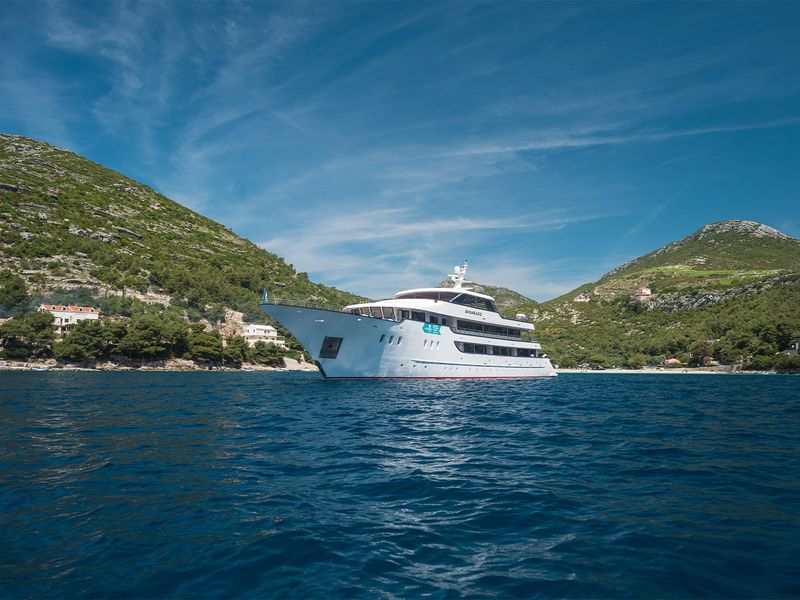
Croatia’s islands are the stuff of legend, each with its own unique vibe! Hvar has glitz, Korčula has history, Vis has unspoiled beauty. But hopping between them isn’t as simple as catching the next boat. Ferries run on schedules that don’t always sync with your plans, and some routes only operate a few times a week.
I learned this the hard way when I assumed I could easily hop from Hvar to Korčula, only to find out I’d need to go back to Split first.
Booking ferry tickets in advance, especially in peak summer, is a must unless you enjoy long waits in the sun. And if you’re bringing a rental car? Double-check which ferries allow them!
3. Cash Is Still King In Many Places

Sure, Croatia is in the EU and uses the euro, but don’t expect every café, market stall, or small guesthouse to accept credit cards. Some places, especially on the islands or in rural areas, are still cash-preferred, and scrambling for an ATM when you’re craving an espresso or need to pay for parking isn’t ideal.
ATMs are common in bigger towns, but on islands, they can run out of cash, especially on weekends. And beware of ATMs that try to trick you into taking out huge sums with bad exchange rates.
While many restaurants and hotels do take cards, having a stash of euros ensures you won’t be caught off guard when you stumble upon that irresistible seaside konoba with a “cash only” sign.
4. Some Beaches Are More Pebbles Than Sand
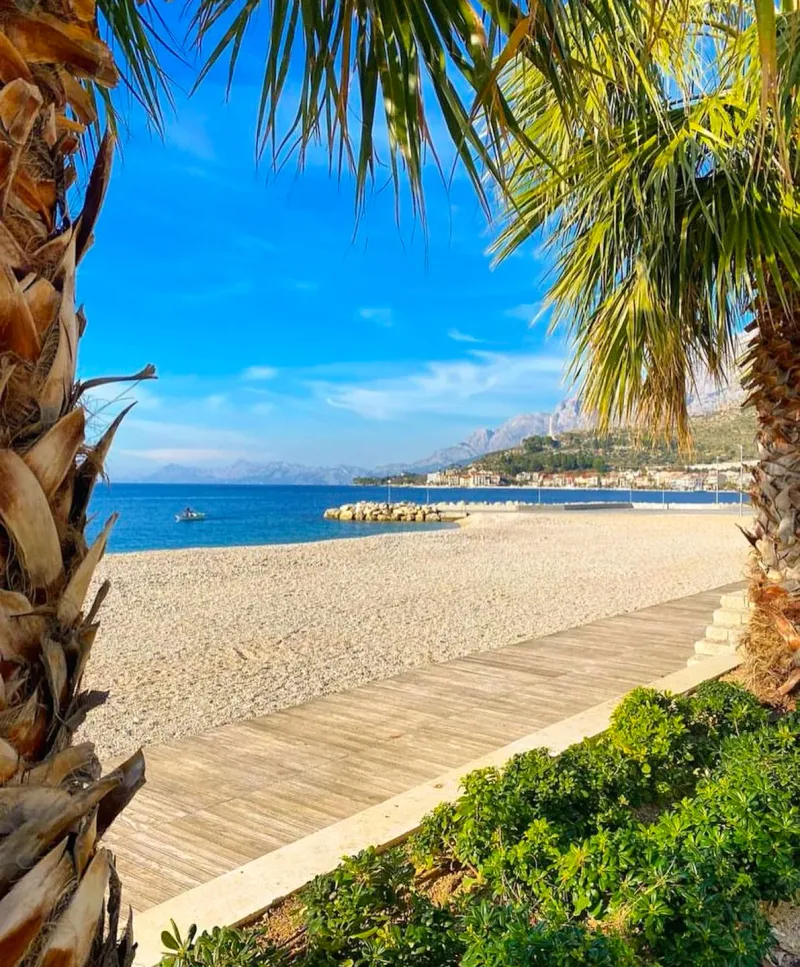
If you dream of powdery white sand, Croatia’s beaches might surprise you. Most of them are pebbly or rocky, which can be a blessing and a curse. On the plus side, the water stays crystal clear, with no sand to stir up the shallows.
But walking barefoot? Not so fun. Bring water shoes unless you enjoy an impromptu foot massage from nature’s roughest pebbles.
If you do find a sandy beach, consider it a rare treat. One of the few is Saharun on Dugi Otok , and it’s worth the journey. Either way, embrace the pebbles. Your Instagram photos will still be spectacular.
5. Driving The Coastline Is Both Stunning And Stressful
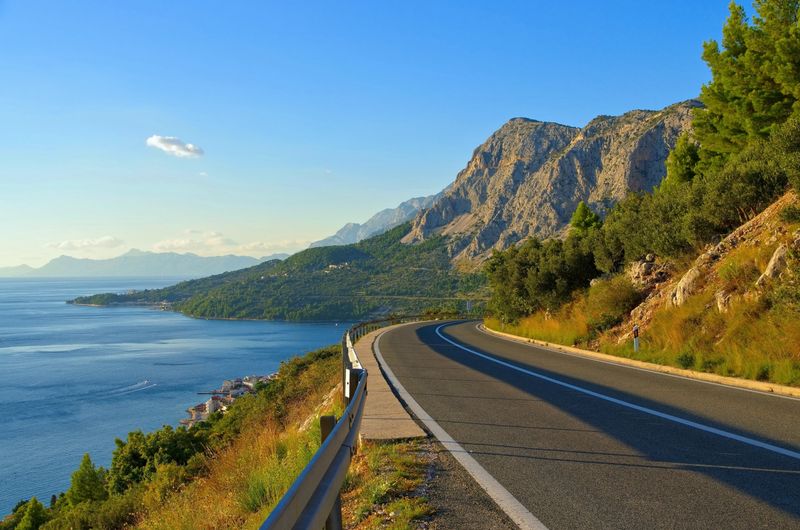
Croatia’s coastal roads offer some of the most breathtaking views in Europe, with cliffs plunging into turquoise waters. But enjoying the scenery while navigating hairpin turns and fast-moving local drivers? That’s a challenge.
The Adriatic Highway is thrilling but demands full attention! One moment of distraction, and you might find yourself veering too close to the edge for comfort.
Parking in cities like Split and Dubrovnik is another adventure altogether. Streets are narrow, spots are limited, and parallel parking on a steep incline is a skill you’ll wish you had mastered beforehand. But again, Croatia’s beauty is worth all this “trouble”.
6. Dubrovnik Gets Crowded—Really Crowded
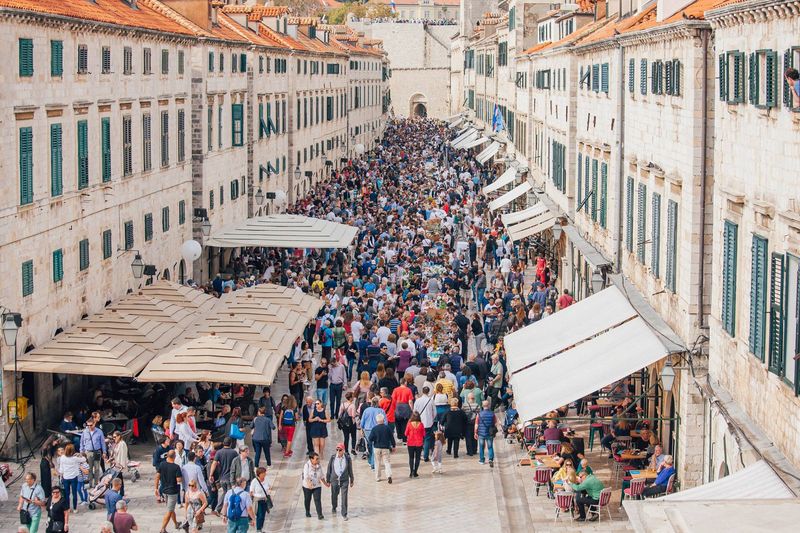
Dubrovnik is a dream destination, but so is everyone else’s. By midday, the city’s ancient streets become a maze of slow-moving tour groups, selfie sticks, and sunburned travelers battling for the perfect shot. The cruise ships that dock nearby unleash waves of visitors, turning the Old Town into an obstacle course.
If you want to walk the famous city walls without playing human bumper cars, go early in the morning or right before sunset when the crowds thin out and the golden light makes everything feel magical.
A lesser-known trick? Visit in the shoulder seasons. Spring and fall offer mild weather without the high-season madness. If you do find yourself overwhelmed, escape to Lokrum Island, just a 10-minute ferry ride away. This little slice of paradise has peacocks, hidden swimming spots, and even some Game of Thrones filming locations. But, without the crowds!
7. Seafood Is Amazing, But Don’t Skip The Meat Dishes
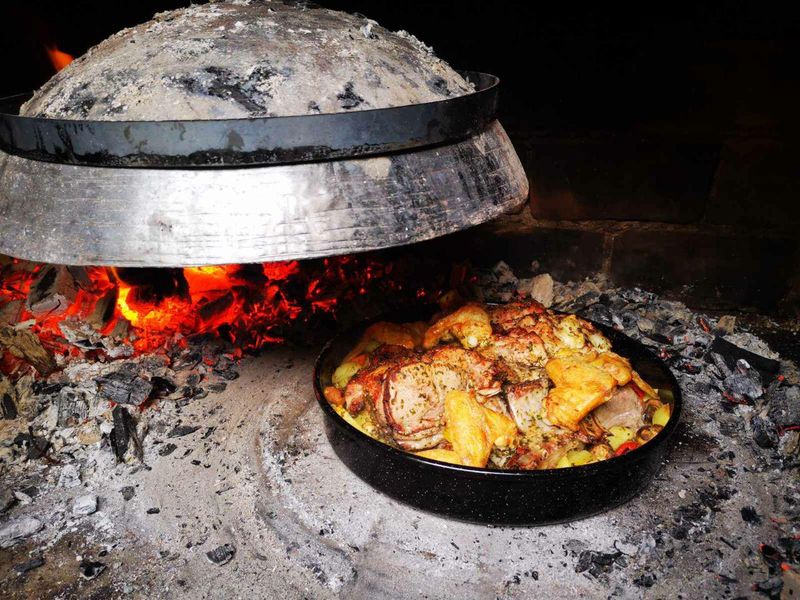
Croatia’s seafood deserves every bit of its fame! But here’s the secret: the inland dishes are just as spectacular.
Peka is a must-try. It’s a slow-cooked lamb or octopus baked under a heavy iron dome, infusing the meat with smoky, herb-infused goodness. It’s the kind of dish that makes you consider extending your trip just for one more meal.
Even if you’re a die-hard seafood fan, branching out will introduce you to a whole new side of Croatian cuisine. One that’s hearty, comforting, and utterly unforgettable.
8. Plitvice Lakes Is Gorgeous, But Timing Is Everything
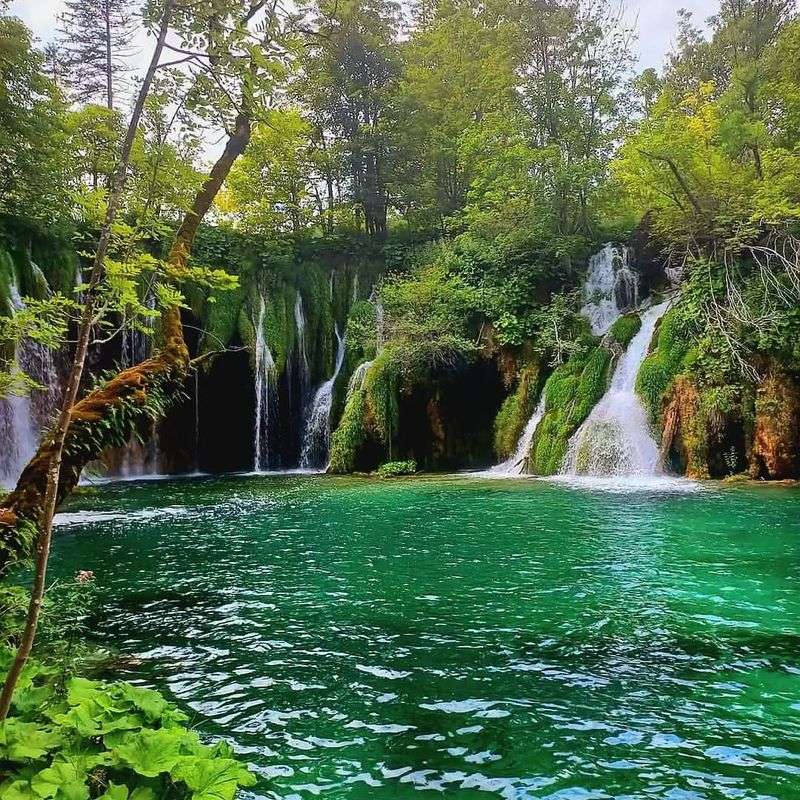
Imagine stepping into a landscape painting: cascading waterfalls, emerald pools, and wooden walkways that wind through a dreamlike wilderness. That’s Plitvice Lakes, one of Croatia’s most stunning national parks.
But if you visit in the middle of summer at noon, that magical image is quickly replaced by the reality of bumper-to-bumper foot traffic on narrow paths and people jostling for the perfect Instagram shot.
The best way to experience the park? Arrive at sunrise, when the mist still lingers over the lakes and the only sounds are birdsong and rushing water.
9. English Is Widely Spoken, But Learning A Few Croatian Phrases Helps
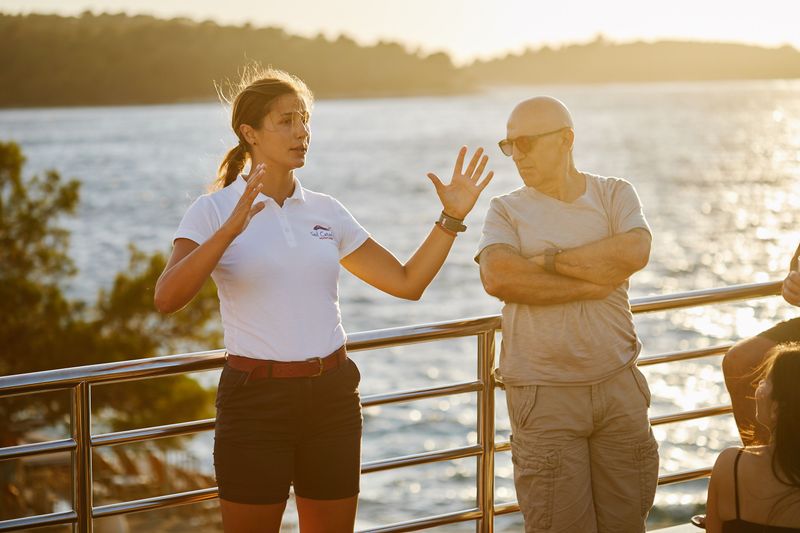
Croatians are impressively multilingual, and in most tourist-heavy areas, you’ll have no problem communicating in English. But making the effort to learn a few basic Croatian words? That’s the secret to unlocking next-level hospitality.
A simple hvala (thank you) or molim (please) can turn a transactional moment into a warm exchange, and if you throw in a dobar dan (good day), you might just earn yourself an extra-friendly smile. Or even a local tip on the best hidden café in town.
In smaller villages and off-the-beaten-path spots, English isn’t as widely spoken, so having a few key phrases in your back pocket helps. And let’s be real. Knowing how to say još jedno pivo, molim (“one more beer, please”) is never a bad thing.
